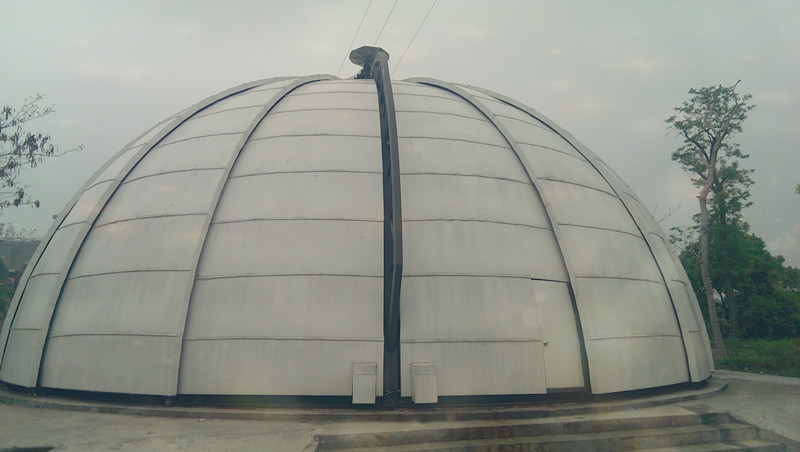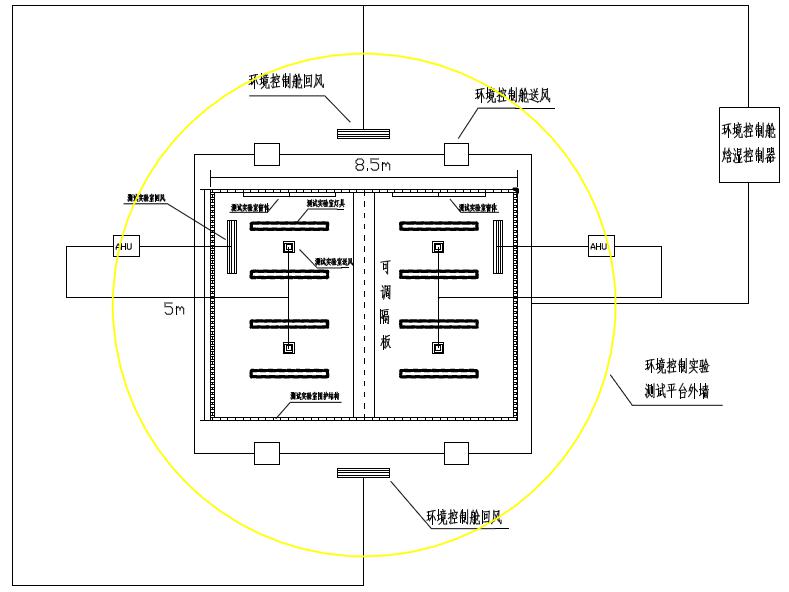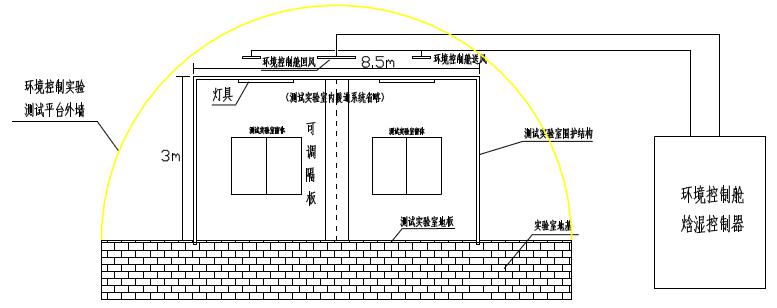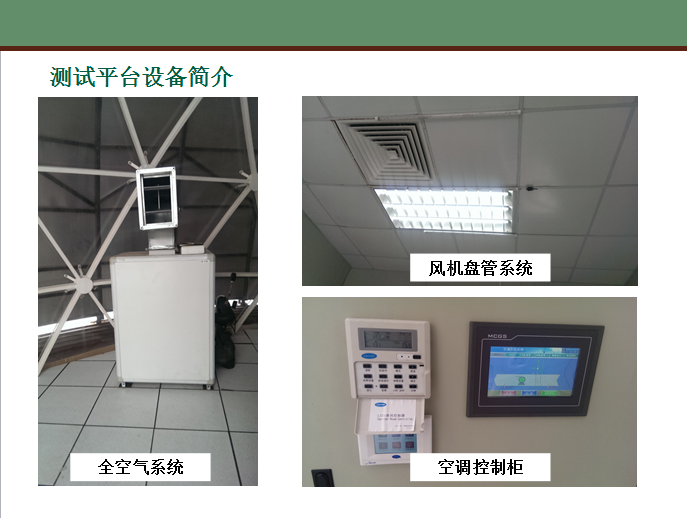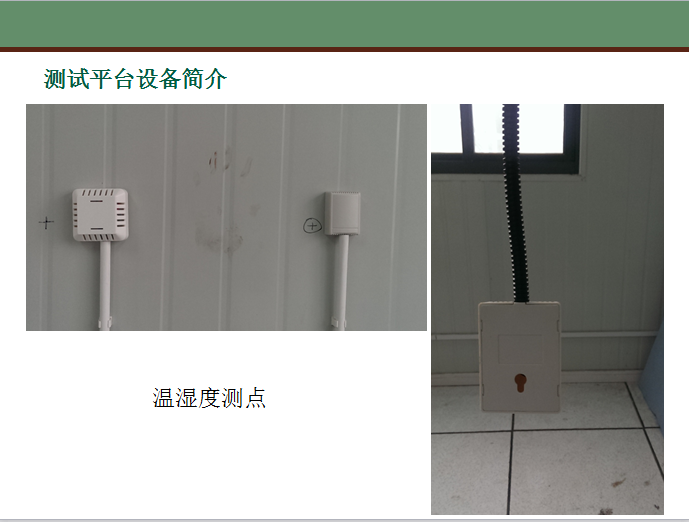Built on top of the existing experience of HVAC test facilities in China and abroad, the platform is constructed so that comprehensive evaluation of building energy saving technologies becomes possible. The platform is also a first-class building energy efficiency test platform, which can make comprehenvis assessment for energy-saving technologies of HVAC system, window and envelope, providing effective support for the development and application of building energy-saving technologies.
When evaluating the energy saving technologies of HVAC system, the platform can combines the various components of the HVAC system as one. Rather than simply testing the energy performance of the individual HVAC components, users can evaluate the performance of the whole system. The platform can test a building and its surrounding weather environment. The surrounding weather is controled by a mechanical system. The mechanical system can artifitially make different climatic conditions, from high temperature and high humidity tropical climate to low temperature and low humidity climate. The platform can also be used to test and verify the actual performance of energy-saving technologies in heat pump, refrigeration systems, and heating equipment, and can test the performance under conditions of constant air volume, variable air volume control, fan power frequency conversion, low temperature air distribution, and exhaust air volume.
When evaluating the energy saving technologies of window and envelope, the platform can take its advantages to test the heat loss of the window around the time under actual conditions. In general, users can test the overall or peak energy requirements of the form due to time-varying energy flow, unless they get calculations through a series of complex calculations (such as building energy simulation). However, in most cases, the technical information that can be used to describe a form is very limited and can be incorrectly expressed in existing models, causing users to question computing and simulation results. In this case, direct performance testing of the maintenance structure under set outdoor conditions will provide us with a higher level of confidence in energy performance. The test platform can complete the following tasks: providing direct comparably experiment between different form of systems, determining the form heat transfer coefficient and solar heat gain coefficient under real conditions, providing evidence for energy saving calculation, testing the window energy saving performance of the part which can hardly be calculated.
The laboratory has two comparison test benches, where the effects of various energy saving measures can be compared. The total length of the laboratory is 8.5m and the total width is 5m. The envelopes, floors, windows, HVAC systems, and indoor lighting fixtures on both benches can be removed to accomodate the requirements of different energy-saving product technologies. The following figure is a top view and a schematic view of the test platform.
The shell of the test facility is a glass cover with a radius of 9m, which encloses the test bench in a confined space. The natural light can transmit through the glass cover, which enables the test of solar performance. The glass cover also isolates the internal test bench from the external environment and provides the required artificial climatic conditions for the internal test bench through cooling and heating equipment. The external humidity control units control the temperature and humidity requirements required for the experiment. The setting can meet the requirements for energy efficiency testing in different climatic conditions.
| Number | Name | Equipment Specifications |
| 1 | Air source heat pump | Cooling capacity=30kw,Heating capacity=25kw |
| 2 | Air source heat pump | Cooling capacity=4kw,Heating capacity=4kw |
| 3 | Fan coil | Cooling capacity=1900w,Heating capacity=3100w,Air volume=340m3/h,Residual pressure=30Pa |
| 4 | AHU | Cooling capacity=15kw,Heating capacity=16.3kw |
